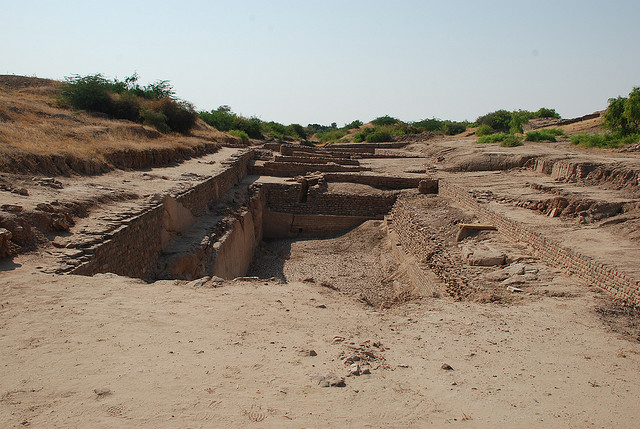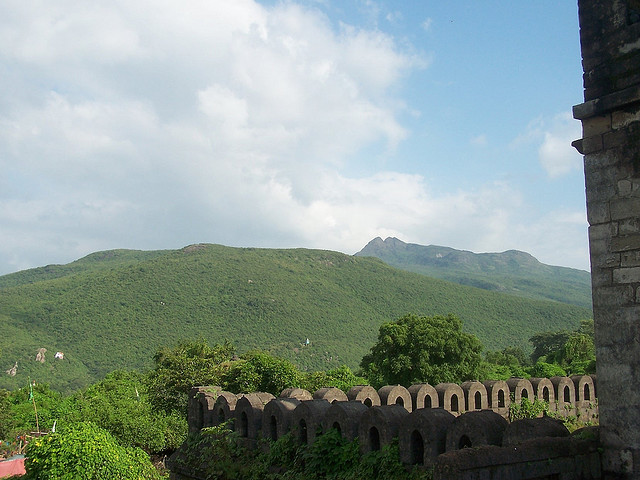Dholavira
Above all the Harappan sites, the site of Dholavira nearby known as Kotada, in the Khadir island of Kutch stands separately. It is memorable for its wonderful planning and vastness of area and deposit. Currently, we can say that it is one of the two largest arrangements in India and the fourth or fifth largest in the subcontinent. The others arrangements are: Mohenjo-daro, Harappa, Gharo Bhiro (all in Pakistan) and Rakhigarhi (in India).


